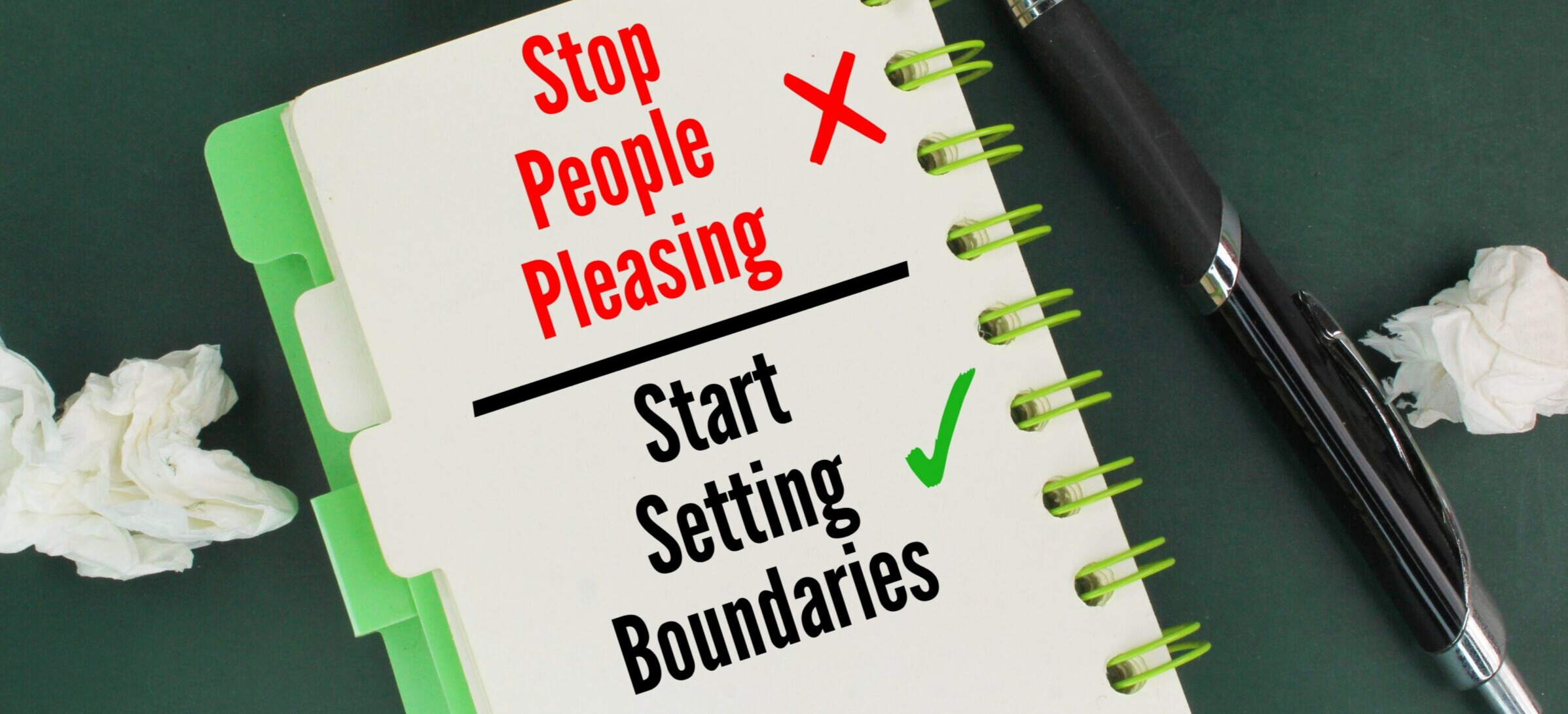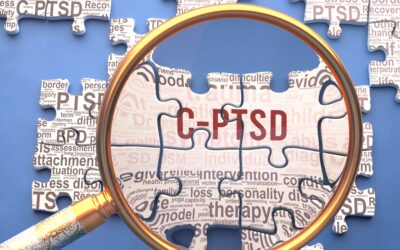As an integrative therapist, I often sit with clients who carry invisible burdens. They have spent years trying to be “good enough,” endlessly scanning for others’ needs, bending themselves to keep peace, and suppressing their own desires or discomfort. Many don’t even realize this has a name until clients and I begin to explore trauma responses together. While “fight, flight, and freeze” are more widely known, there is a fourth survival strategy that often goes hidden: the fawn response.
What Is the Fawn Response?
Therapist Pete Walker described the fawn trauma response as a survival strategy where individuals attempt to avoid harm by appeasing others. While fight uses aggression, flight seeks escape, and freeze shuts the system down, fawning seeks safety through submission.
This isn’t just about being “nice” or “kind.” Fawning is an automatic, nervous system–driven pattern of people-pleasing, conflict avoidance, and self-erasure. It is an unconscious effort to maintain connection – even at the cost of authenticity. At some point in the client’s life, disconnection felt life-threatening.
Signs of the Fawn Response
- Being hyper-attuned to the moods of others, altering yourself to keep the peace.
- Overly apologizing, even for things you didn’t do or that are not your fault.
- Saying “yes” when you meant “no.”
- Feeling shame, guilt, or “bad” when trying to set boundaries.
- Feeling accountable for other people’s emotions.
- Avoiding conflict to the point of self-betrayal.
The Hidden Costs of Fawning
 While fawning may have kept an individual safe in childhood or falsely connected in a psychologically abusive relationship, it later develops significant costs for the individual.
While fawning may have kept an individual safe in childhood or falsely connected in a psychologically abusive relationship, it later develops significant costs for the individual.
Loss of Identity
Years of suppressing needs leave many unsure of who they really are. “I don’t know who I am anymore. I don’t even know how to figure out what I need or want.” These are things I often hear clients say.
Physical and Emotional Symptoms
Chronic stress from self-abandonment can contribute to fatigue, tension, autoimmune issues, or somatic pain. Self-abandonment may also include not making the time to go to the doctor’s office when there are serious medical concerns, further contributing to negative physical symptoms.
Depression and anxiety are usually present as well.
Relationship Struggles
Fawning often leads to codependent or one-sided relationships, where giving and appeasing overshadow mutual respect and balance.
Suppressed Emotions
Anger, grief, and fear get hidden, often erupting in unexpected ways or lodging in the body as chronic symptoms.
Spiritual and Moral Injury
Constant self-betrayal leaves many feeling ashamed, disconnected, or spiritually empty.
Healing the Fawn Response: An Integrative Approach
Healing fawning isn’t about simply “learning to say no.” It involves rewiring the nervous system, reclaiming self-trust, and restoring authenticity. An integrative approach considers mind, body, and spirit.
-
Polyvagal-Informed Therapy
- Awareness: Learning to notice when appeasement takes over.
- Grounding tools: Breathwork, orienting, or self-touch to anchor safety without self-abandonment.
- Small steps: Practicing low-stakes preferences (e.g., “I’d prefer to wear pink instead of red”) builds tolerance for self-expression.
-
EMDR (Eye Movement Desensitization and Reprocessing)
Reprocessing memories where self-expression was punished or humiliated helps release the automatic need to appease. Reprocessing these memories helps clients make room for new ways to perceive themselves and find new ways to communicate. Clients often find it easier to implement boundaries with new feelings of empowerment and self-worth.
-
Somatic Practices
Healing must be embodied. Movement, shaking, vocal release, yoga, or tai chi help reclaim a sense of presence and agency.
-
Boundary and Assertion Skills
Boundaries are often foreign to those who fawn. Therapy can include structured practice in:
- Tolerating others’ disappointment or disapproval.
- Expressing needs clearly and calmly.
- Practicing “low-stakes” boundaries first (e.g., choosing to go out for breakfast instead of cooking) before larger ones.
- Saying no without over-explaining.
-
Spiritual and Existential Healing
For many, fawning severs the connection to someone’s inner voice. Healing can involve exploring spirituality, creativity, or meaning-making practices that restore inner alignment. Journaling, prayer, meditation, or ritual can help individuals reclaim a sense of sacred worth that is not dependent on others’ approval.
Moving Beyond Fawning: From Survival to Wholeness
 The fawn response is not a flaw. It is evidence of resilience—proof of how brilliantly your system adapted to keep you safe. But what once was necessary for survival can become a prison later on in life.
The fawn response is not a flaw. It is evidence of resilience—proof of how brilliantly your system adapted to keep you safe. But what once was necessary for survival can become a prison later on in life.
Healing is about remembering that you are worthy of love, safety, and belonging without erasing yourself. It is about reclaiming the sacred right to authenticity.
From an integrative perspective, healing fawning is a process of:
- Honoring boundaries as an essential part of life and relationships.
- Connecting to the body as a safe place.
- Nourishing the nervous system.
- Reclaiming your authentic inner voice.
When the fawn response begins to soften, what emerges is not selfishness. It is wholeness – where genuine connection, compassion, and freedom can take place.
If you are someone who has experienced trauma and feels you may be in a fawn response pattern, please book a phone consultation to learn more about healing from this trauma response.
Why Moral Injury is Essential in Trauma Treatment
When I sit with clients in the therapy room, one of the things I notice quite often is that trauma is rarely just about what happened - it’s also about what it means to that person. How trauma impacts every individual is different – and that has to be honored. People...
What is Complex Post-Traumatic Stress Disorder (c-PTSD)?
Most people have heard of Posttraumatic Stress Disorder (PTSD) when learning about symptoms people experience from traumatic events such as being a first responder to a natural disaster, serving in a military operation overseas, or being the victim of a sexual...
Grief and Loss: Cope with Heartbreak, Seek Help, and Finally Heal
“He was my best friend, my everything. I just wish I could get past the heartbreak and pain to enjoy the happy memories.” “My heart aches for her every day. I still reach for her at night, but the bed is empty. I don’t know if life will ever have meaning for me again....




